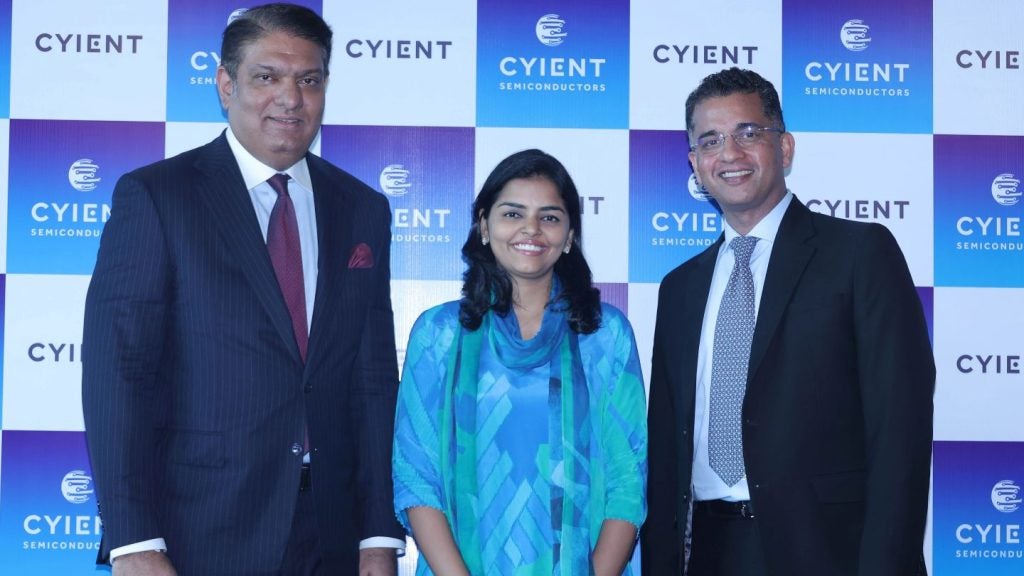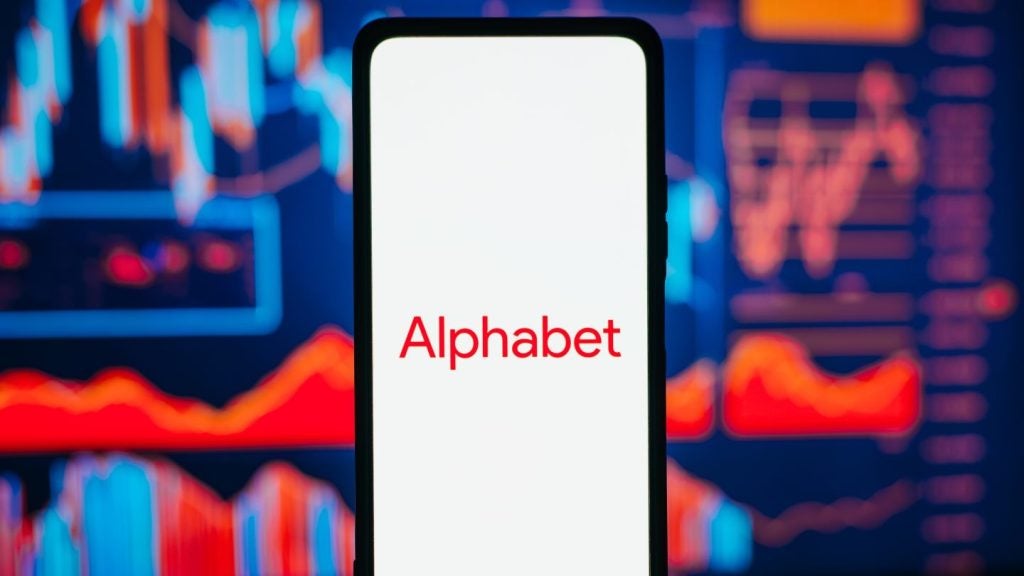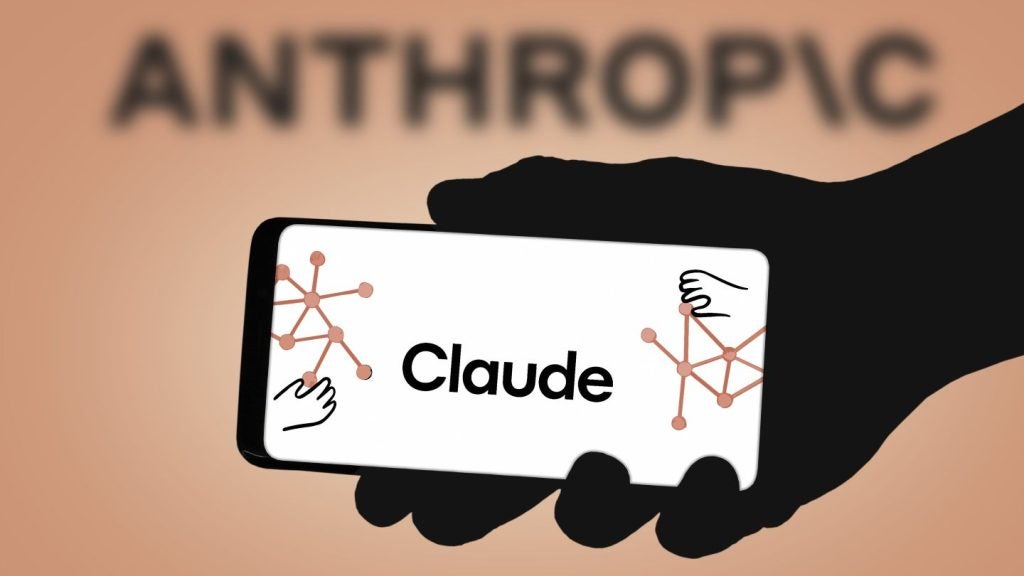
Aetherflux, a US-based space solar startup, has raised $50m in its Series A funding round.
The round was co-led by Index Ventures and Interlagos, with participation from Breakthrough Energy Ventures, Andreessen Horowitz, and NEA
Individual investors such as Vlad Tenev, Dan Gallagher, Jared Leto, Laurent and François-Paul Journe also participated in the round.
This funding brings 2024-founded Aetherflux’s total capital raised to $60m.
The startup, led by Baiju Bhatt, co-founder of Robinhood Markets, is developing a technology that utilises small satellites to transmit power via infrared lasers.
This method, first proposed by writer Isaac Asimov in 1941, promises high power output with compact ground stations, according to Aetherflux’s website.
Based in San Carlos, California, Aetherflux has reported progress in advancing space solar power, securing its first government funding, expanding its team and headquarters, demonstrating power transmission in the lab, and accelerating business growth.
The company is assembling a team of experts with experience from NASA/JPL, SpaceX, Lockheed Martin, Anduril, and the US Navy.
The focus is now on subscale testing of core technologies, aiming for a power beaming demonstration from low Earth orbit in 2026.
“For the better part of 50 years, this idea has been relegated to science fiction,” Bhatt was quoted by Bloomberg as saying in an interview, expressing Aetherflux’s ambition to transform the concept into “science reality”.
Achal Upadhyaya, founder and general partner of Interlagos, noted the technical challenges ahead, stating, “This is a very high-power laser going from low orbit down to Earth. It has not been done in a consistent, useful way before.”
The company said it is moving swiftly, with global competition intensifying as China and the European Space Agency advance their own space solar initiatives.
Aetherflux has not disclosed a timeline for constructing a full satellite network, focusing instead on launching a single satellite.
Bhatt emphasised, “If you can cross that hurdle first, then it is going to put us in a position where we can zero in on the technologies that will let us scale.”






